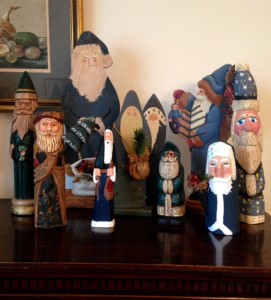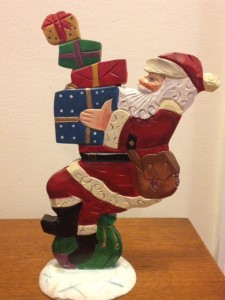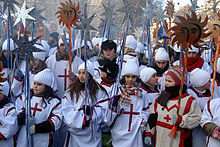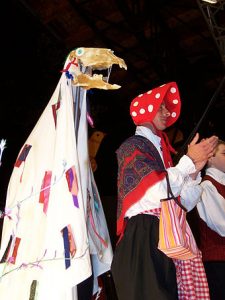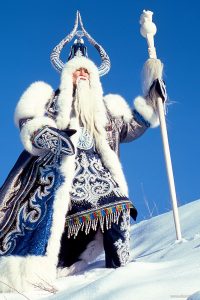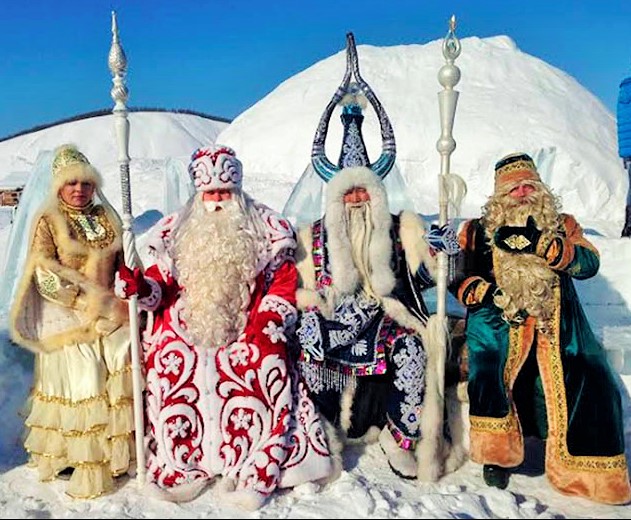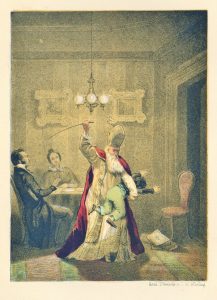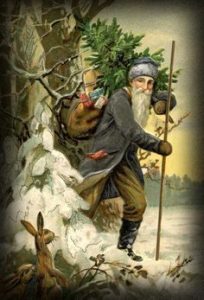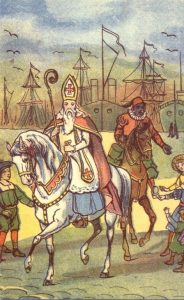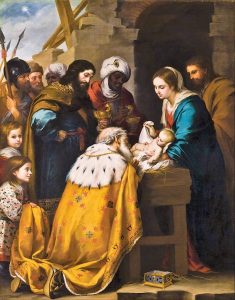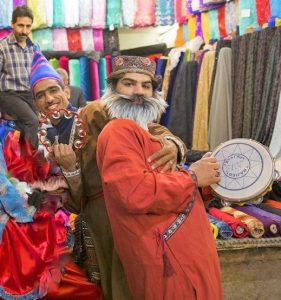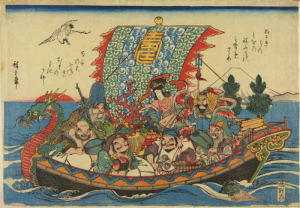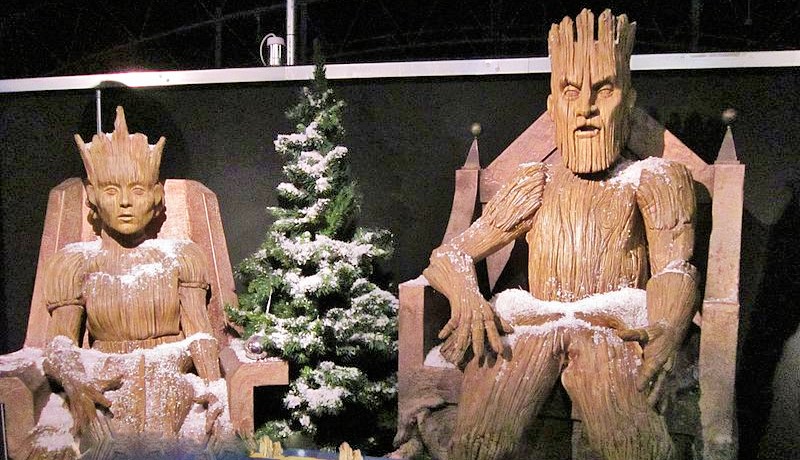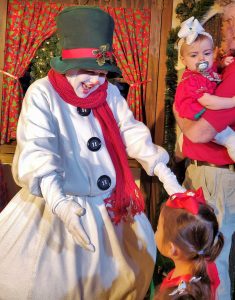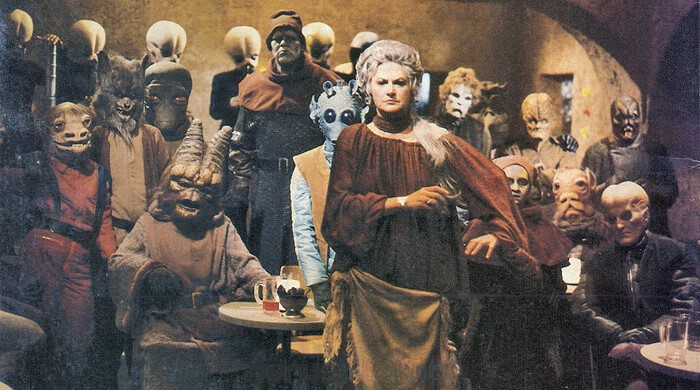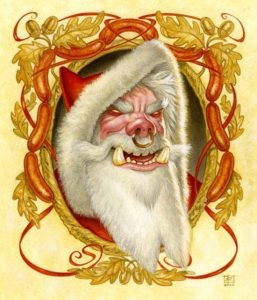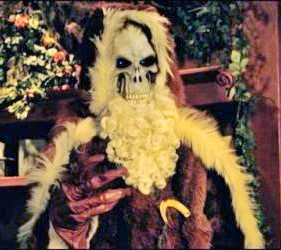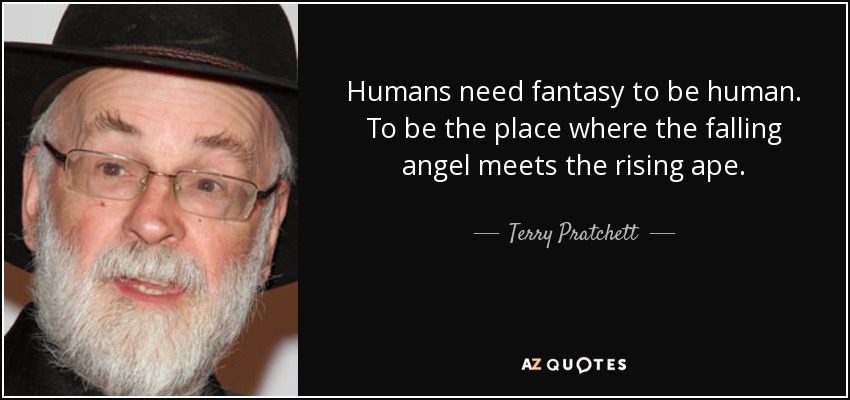This is an update of an earlier blog entry from December 30, 2015. I wrote this as part of a series that might be characterized as Darwin’s Christmas, tracing the evolution of a number of our current Christmas traditions.
Gift Giving Origins
The earliest gift-bringer I read about was Odin, a Pagan Germanic god who is thought to have influenced concepts of Father Christmas in numerous ways, including sporting a long white beard and riding through the night sky. Odin wore a blue-hooded cloak and rode through the midwinter sky on an eight-footed horse named Sleipnir, visiting his people with gifts. According to pre-Christian Norse tradition, he entered through chimneys or fire holes on the solstice.
The Germanic goddess Holda presided over the summer and winter solstices. In the winter, she presided over the first snow, bringing joy and good fortune, traveling in her sleigh and dressed in a red or white cloak.
In 16th century England (during the reign of Henry VIII), Father Christmas was pictured as a large man in green or scarlet robes lined with fur. Popular custom associated Father Christmas more with good cheer, peace, joy, good food and wine, and revelry. In 1616, Ben Johnson presented at court the play Christmas: His Masque in which the character of ‘Old Christmas’ presides over holiday parties with his children ‘Misrule’, ‘Carol’, ‘Mince Pie’, ‘Mumming’, ‘Wassail’, and ‘New Yeares Gift’.
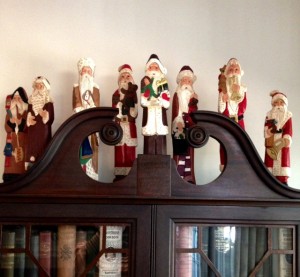
Father Christmas merged with St. Nicholas (Sinterklaas), which morphed into Santa Claus. Suffice it to say that most people around the world who celebrate Christmas also have a tradition of a Christmas gift-bringer: Santa Claus, St. Nicholas, Pere Noël, Father Christmas, Christkindl, the Wise Men (Els Tres Reis), Olentzero, Grandfather Snow (თოვლის ბაბუა), or an old gift-giving witch called Befana (in Italy). In Scandinavia a jolly elf named Jultomten delivered gifts in a sleigh drawn by goats. And in Russia, an elderly woman named Babouschka (grandmother) leaves gifts by children’s bedsides on January 5th.
Mythical gift givers leave presents in different places. In much of Europe, children put their shoes or boots by the door, ready for presents. In Italy, the UK, and the USA presents are left in stockings—and, of course, under the Christmas tree.
Gift Giving Timing
People open presents on different days as well. Children in Holland often receive the earliest presents, on December 5th for St. Nicholas’ Eve. On St. Nicholas’ Day (6th of December), children in Belgium, Germany, Czech Republic, and some other European countries open some of their presents. Christmas Day (25th of December) is the most popular gift day for the UK, USA, Japan, and many other countries. In religions that follow the Julian or Orthodox calendar, children open gifts on Orthodox Christmas Day, which typically corresponds to January 7th. Many people in Catholic countries such as Spain and Mexico don’t open gifts until the Feast of the Epiphany, on January 6th.
Gift Receivers
Who gets presents has shifted dramatically over the centuries. At the Roman midwinter festival of Saturnalia, the rich gave gifts and hosted banquets for the poor. Odin gave presents to “his people.” The goddess Holda spread good fortune to all those who honored her. St. Nicholas gave to the poor.
According to the Christian Science Monitor, in early modern Europe, gift giving also had roots in Christmas begging, when bands of young men, often rowdy, would wassail from house to house, demanding handouts from the gentry. The Welsh Y Fari Lwyd or Mari Lwyd custom includes revelers dressed as skeltal horse arguing with households to demand entry and beer, all in rhyme and song. For Alilo, Georgian Orthodox children dress in white or in religious costumes and sing carols house to house in exchange for wine, sweets, and an egg. It wasn’t till the mid-1800s that gift-giving shifted from the poorer classes to children.
On the other hand, giving gifts to heads of state, kings and queens, emperors, etc, pre-dates the birth of Jesus.
Modern Gift Givers
Today, it seems everybody gives gifts to everybody—an impression strongly supported by advertising and merchant specials! Christmas begging from charities is rampant. Salvation Army kettles (which first appeared in 1891) are on sidewalks all over the world. Employers often give actual gift baskets or holiday bonuses. Co-workers, neighbors, and friends exchange gifts. Parents give gifts to children, but people also give gifts to parents, grandparents, aunts, uncles, siblings and step siblings, and second cousins twice removed.
By now, all the glittery wrappings are probably torn asunder, the gifts put away, exchanged, maybe saved for re-gifting, and the leavings look more like this.
And I’m left wondering: How many Christmas presents are gifts and how many are perceived obligations?.


